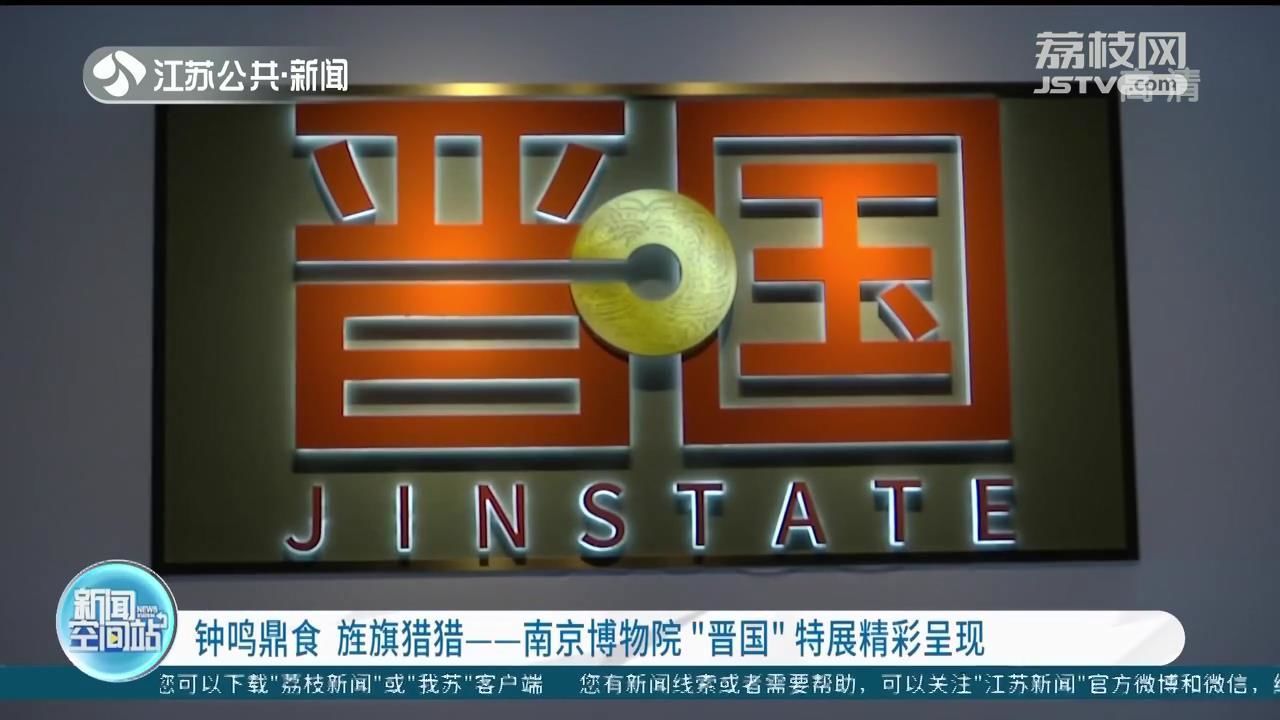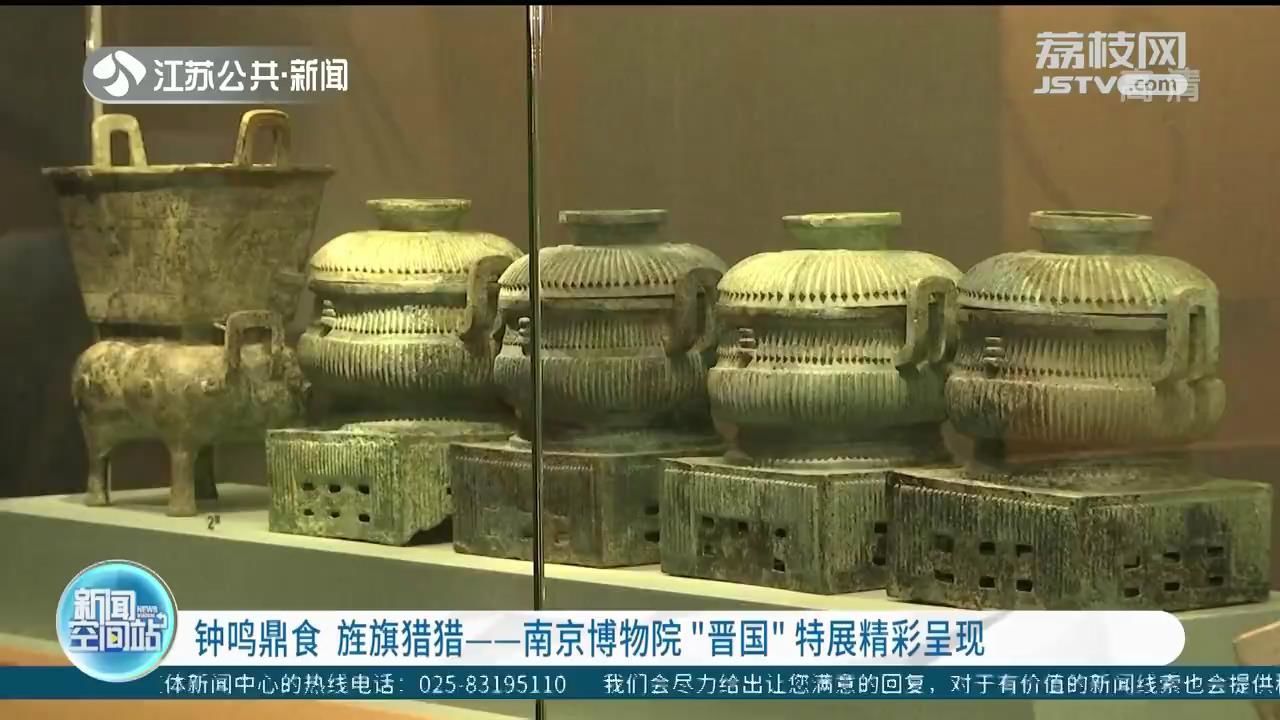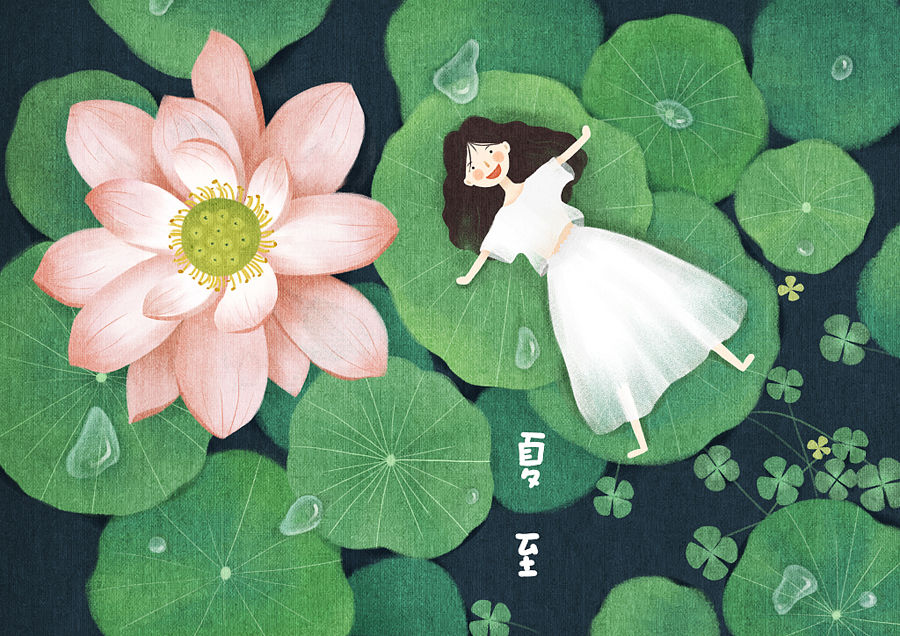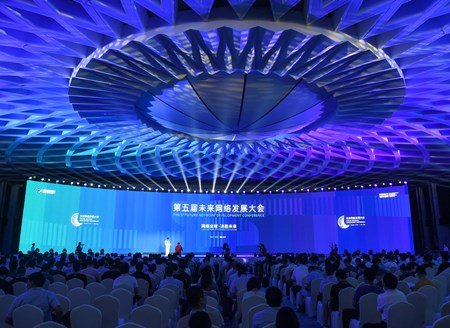Starting from June 25, Nanjing Museum and Shanxi Museum jointly launched an exhibition of cultural heritage of the ancient state of Jin by displaying 231 exhibits that include archaeological discoveries such as the tomb of the Marquis of Jin, the ruins of cast bronze, and the tomb of Zhao Qing.
The exact location of the early Jin state has long been an unsolved mystery. After years of archaeology, experts have confirmed that the ancient Jin State was located in what is now the southern Jin’nan area in Shanxi.

The "Cemetery" of the Dukes of Jin State, that is, the famous "Jinhou Cemetery", is located at the "Qucun-Tianma Site" at the junction of Quwo and Yicheng. There are tens of thousands of cultural relics unearthed in this ancient tomb, including the Jinhou Wending, dragon-patterned bells, and jade plaques with beads.
"The exhibits include the bronze casting site of Houma in the Jin State and the unearthed pottery models.Pottery models are a necessary process for casting bronze ware and a large number of pottery models will be left in the process of making bronze ware.At the bronze casting site of Jin State we found tens of thousands of pottery models which can confirm the development of bronze casting industry in Jin State at that time."said Cui Yuezhong, Associate Researcher of the Exhibition Department of Shanxi Museum
After the Eastern Zhou Dynasty, Jin bronzes became a model of the new style of Chinese bronze art at that time with their distinctive artistic features and exquisite casting techniques.
The bronze wares in the exhibition cover almost all the bronze wares of the Jin state. Pig statues, rabbit statues, dragon-eared and human-footed square boxes are all very rare, and they contain the vivid creativity of ancient craftsmen.

"This dragon-eared human-foot square box was unearthed in Tomb No. 63 in the cemetery of the Marquis of Jin
and it was the tomb of Mrs. Jinmuhou.This utensil is beautiful in shape and relatively delicate in production.It has dragon ears and is surrounded by human figures.We detected the internal components of some similar utensils
from the same period or a slightly later period.This utensil may have been used by women at that time to place rouge or make up."said Cui Yuezhong, Associate Researcher of the Exhibition Department of Shanxi Museum
Among the cultural relics on display, there are also many jade wares, which are extremely ingenious and gorgeous. There is the largest combination of jade ritual utensils - the jade group pendant, and there is a heavy weapon that symbolizes power - Yu Ge, as well as a large number of realistic shapes, The accurately proportioned round-carved bionic animal jade reflects the distinctive artistic style of the time.
"I think it is amazing that the ancients were able to create such excellent works under such backward conditions."said Tourist.
"These objects are very beautifully done,especially the engraving on some bells.It's hard to imagine that it was made so many years ago.It gives people the feeling that it was carved yesterday.The jade pendants with some small animals are also lifelike, very beautiful and very cute."said Tourist
The cultural relics of different materials, including gold, agate, bone, and stone, are rich in categories, reflecting the social customs, hierarchy, and aesthetic customs of the Jin State.
As musical instruments, the chimes displayed in groups are a true portrayal of the ritual and music civilization of the Jin State. The exhibition will last until September.





